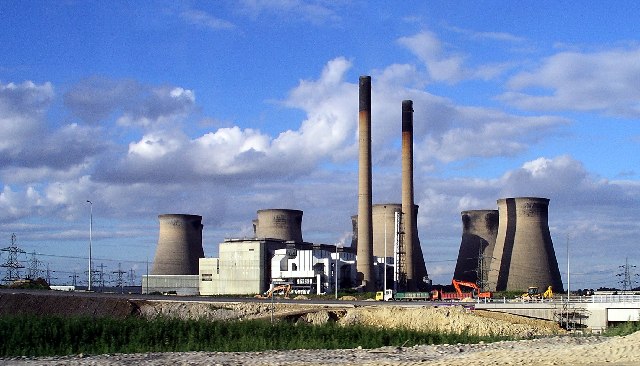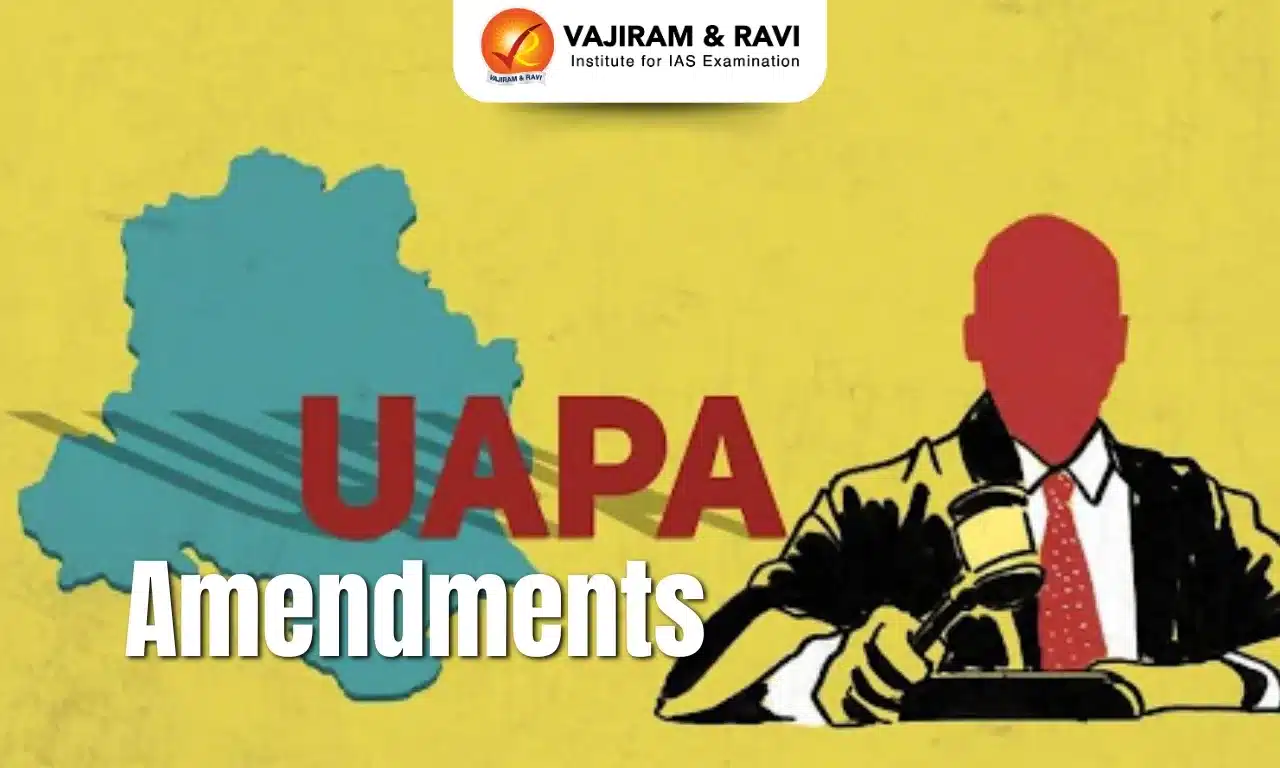What’s in Today’s Article?
- Why in the News?
- Background
- India’s New Coal Thrust
- Challenges Faced in Generation of Energy from Renewable Sources
- Why Complete Stoppage of Coal-Powered Energy Plants is not Practical?
- Conclusion
Background
- Between 30 Nov to 12 Dec 2023, the Government of the United Arab Emirates hosted the 28th Conference of the Parties to the UNFCCC (COP-28) in Dubai.
- The COP is held annually to meet and discuss action on climate change and emissions reductions.
- At COP-28, fossil fuel phase-out was the most hotly contested issue. The COP ended with an agreement to “transition away from fossil fuels”, but without a mention of their “phase-out”.
- There was strong push back by India, China and South Africa to a proposal stipulating that no new coal-fired power plants can be commissioned without an in-built carbon capture and storage facility.
- This push back ultimately led to the omission of the clause from the final climate deal that was agreed upon in Dubai.
India’s New Coal Thrust
- At a review meeting held less than a week before the beginning of COP28, the Union Power Ministry decided to step up its coal-powered generation capacity.
- This includes plans to add at least 80 gigawatts (GW, where 1 GW is equal to 1,000 megawatts or MW) by 2031-32.
- While this was broadly in line with the National Electricity Plan for 2022-27, it marked a discernible pivot and a policy reversal from earlier years.
- The Central government had been focusing almost entirely on renewable energy for incremental capacity addition, and fresh coal-fired capacity was virtually ruled out.
- During the review meeting held by the Union Power Minister Shri R K Singh, country’s resolve to revert to coal for desperately-needed baseload capacity was underscored.
Challenges Faced in Generation of Energy from Renewable Sources
- As part of its emission-reduction resolve, the government has consistently stepped-up renewable capacity addition over the better part of the last decade.
- To operationally sustain a huge average monthly addition of 1,000 MW from non-fossil fuels or renewables to the electricity grid.
- However, policymakers are now of the opinion that the country simply cannot keep adding more green capacity unless it has viable energy storage options.
- India is now the world’s third largest producer of renewable energy.
- More than 40 per cent of installed electricity capacity comes from non-fossil fuel sources, including large hydro, having risen sharply from just around 25 per cent in 2013.
- Solar and wind capacity is now more than 30 per cent.
- This green push has resulted in a 24 per cent reduction in emission intensity of GDP — ratio of total greenhouse gas emissions and gross domestic product — between 2005 and 2016.
- However, it has led to a situation in which the grid is increasingly powered by renewables, which creates the problem of intermittency, a significant challenge from a grid management perspective.
- It is clear in policy circles that without storage, incremental renewable power capacity poses problems for grid managers.
- For procurers such as state-owned distribution companies (discoms), renewables are not always a viable option precisely due to these vagaries in the generation trends.
- This means they still have to depend on thermal or nuclear generation to meet the base load demand.
- To counter the problem of intermittency, power utilities are forced to keep old thermal units on standby — but keeping these units operational results in payouts of high fixed costs. The concept of renewables achieving grid-parity is proving to be farce.
Why Complete Stoppage of Coal-Powered Energy Plants is not Practical?
- At the review meeting held by the power minister, it was agreed upon that energy storage is desperately needed alongside green energy sources to counter the variability in renewable generation.
- Electricity is generated only when the sun shines or when the wind blows, which is not always in sync with the demand cycle.
- Storage can help tide over this shortcoming, especially as renewables grow to become a big chunk of the installed generation capacity.
- Until that happens, stepping up thermal, especially coal, and nuclear generation are perhaps the only way forward.
- The renewables challenge is compounded by the Solar Energy Corporation of India (SECI) Ltd, the state-owned company conducting solar auctions.
- It has locked a number of contracts involving green developers in rigid power purchase agreements (PPAs) with no scope for innovation, according to sectoral experts.
- Storage is expensive currently, and the Lithium-ion storage battery option for grid application is being ruled out as unviable, at least for now.
- The government is considering two alternatives: hydrogen and hybrid generation models blended with off-stream pumped storage.
- But there is a recognition that coal-fired capacity needs to stay as base load for the time being, given that there are constraints on ramping up nuclear capacity.
Conclusion
- India is the world’s second largest coal producer.
- The stipulation moved (unsuccessfully) at the Dubai COP28 meeting that no new coal-fired power plants can be commissioned without an in-built carbon capture and storage facility, would have effectively put India’s fresh coal-based capacity in jeopardy, given the added cost implications.
Q1) What is the Pyrolysis process?
Pyrolysis is a process by which a solid (or a liquid) undergoes thermal degradation into smaller volatile molecules, without interacting with oxygen or any other oxidants. Pyrolysis is a necessary process for the combustion of most solid fuels.
Q2) What is the difference between Oxidation & Combustion?
Oxidation is the addition of oxygen to a molecule, and combustion is the complete oxidation of an organic compound into carbon dioxide and water in the presence of oxygen.
Source: Why India’s green push needs balancing, why COP28 coal breather is important
Last updated on January, 2026
→ Check out the latest UPSC Syllabus 2026 here.
→ Join Vajiram & Ravi’s Interview Guidance Programme for expert help to crack your final UPSC stage.
→ UPSC Mains Result 2025 is now out.
→ UPSC Notification 2026 is scheduled to be released on January 14, 2026.
→ UPSC Calendar 2026 has been released.
→ UPSC Prelims 2026 will be conducted on 24th May, 2026 & UPSC Mains 2026 will be conducted on 21st August 2026.
→ The UPSC Selection Process is of 3 stages-Prelims, Mains and Interview.
→ Prepare effectively with Vajiram & Ravi’s UPSC Prelims Test Series 2026 featuring full-length mock tests, detailed solutions, and performance analysis.
→ Enroll in Vajiram & Ravi’s UPSC Mains Test Series 2026 for structured answer writing practice, expert evaluation, and exam-oriented feedback.
→ Join Vajiram & Ravi’s Best UPSC Mentorship Program for personalized guidance, strategy planning, and one-to-one support from experienced mentors.
→ UPSC Result 2024 is released with latest UPSC Marksheet 2024. Check Now!
→ UPSC Toppers List 2024 is released now. Shakti Dubey is UPSC AIR 1 2024 Topper.
→ Also check Best UPSC Coaching in India

















